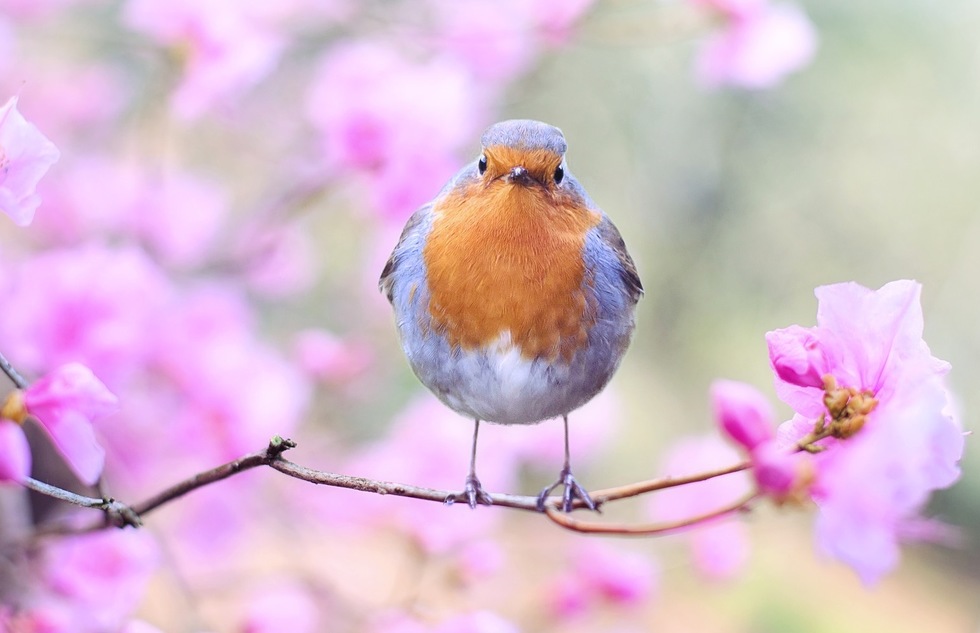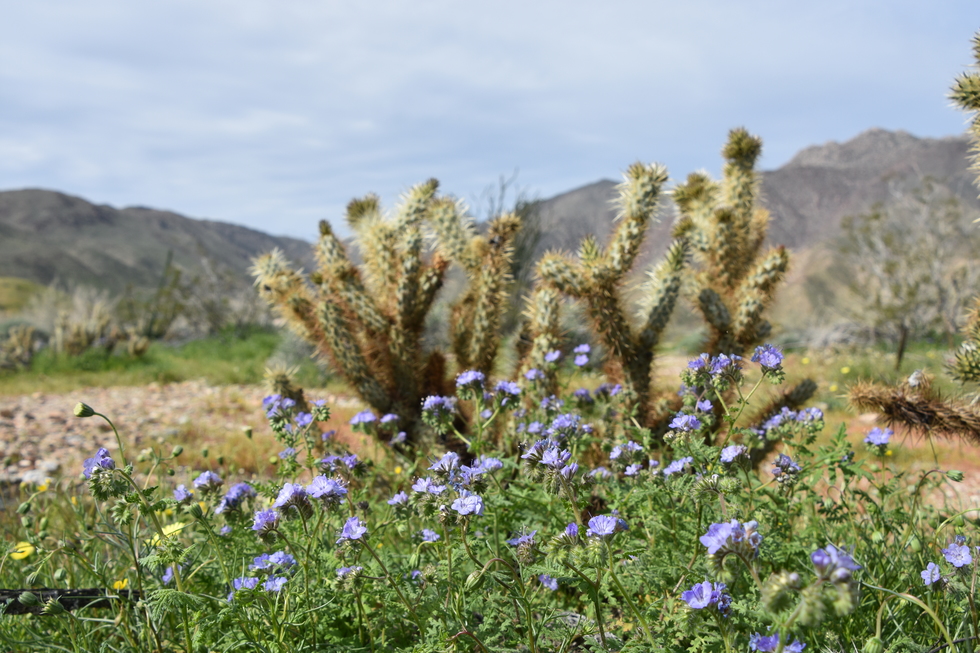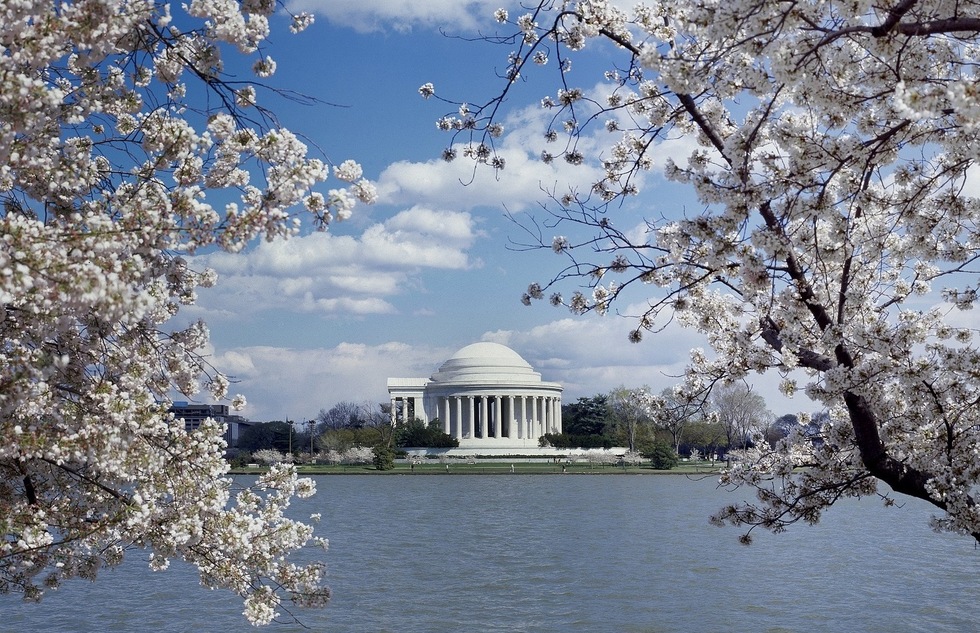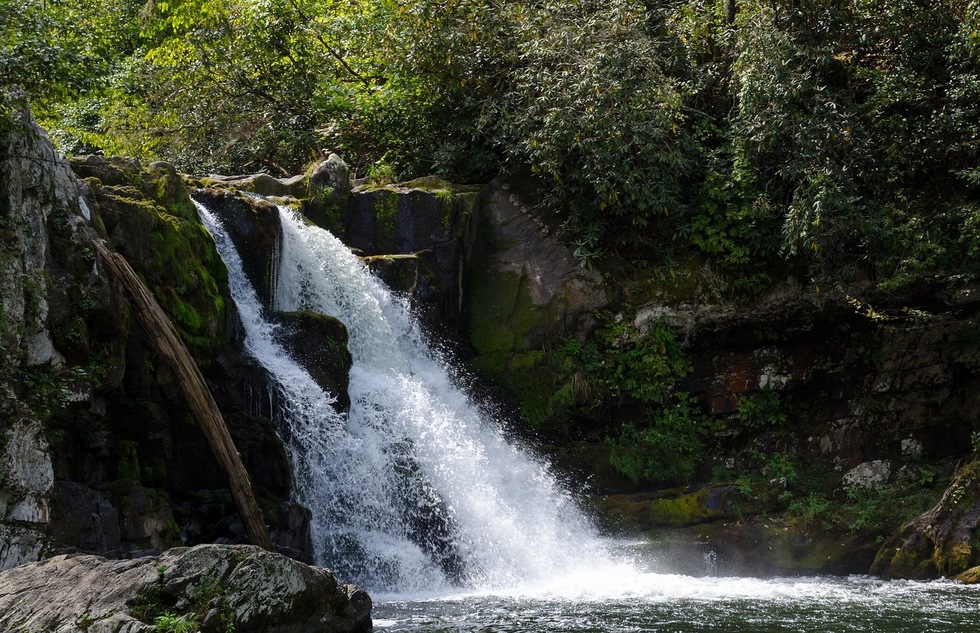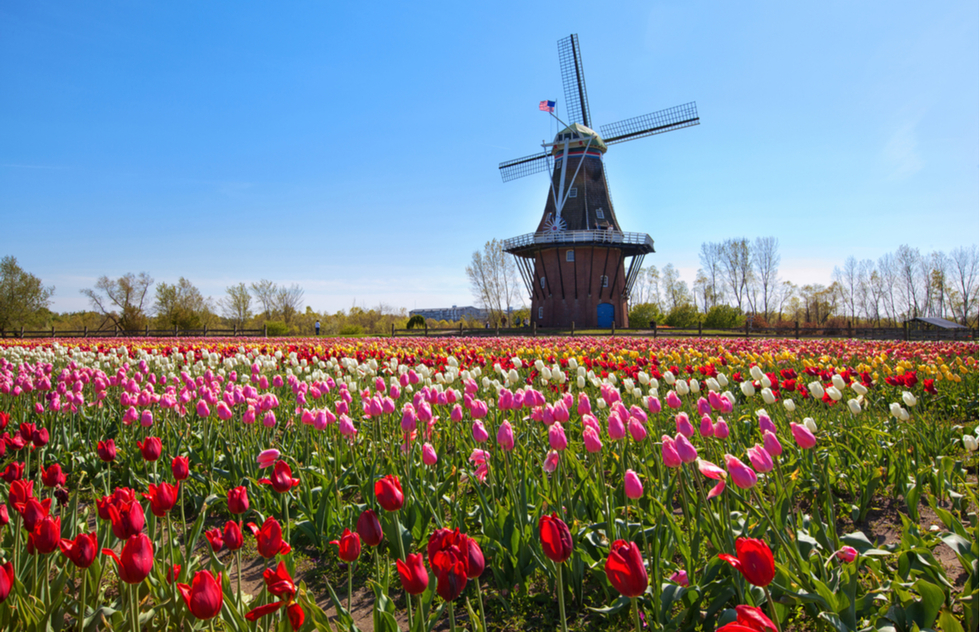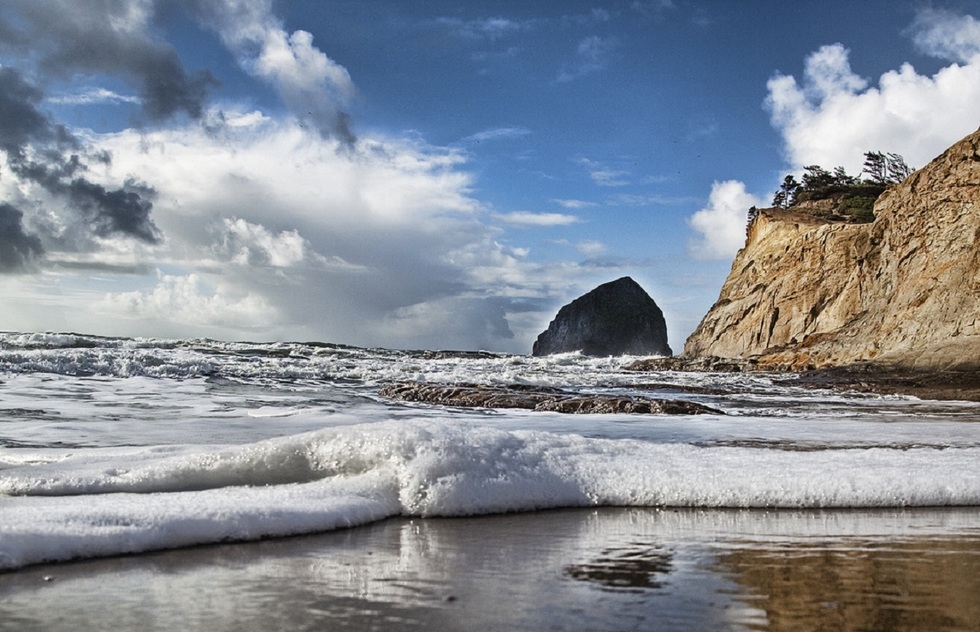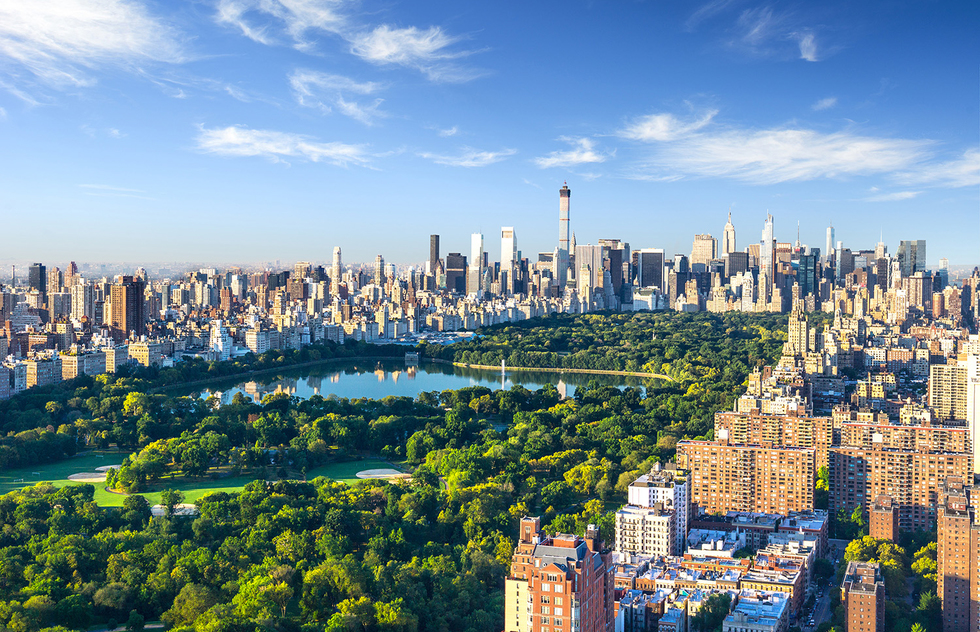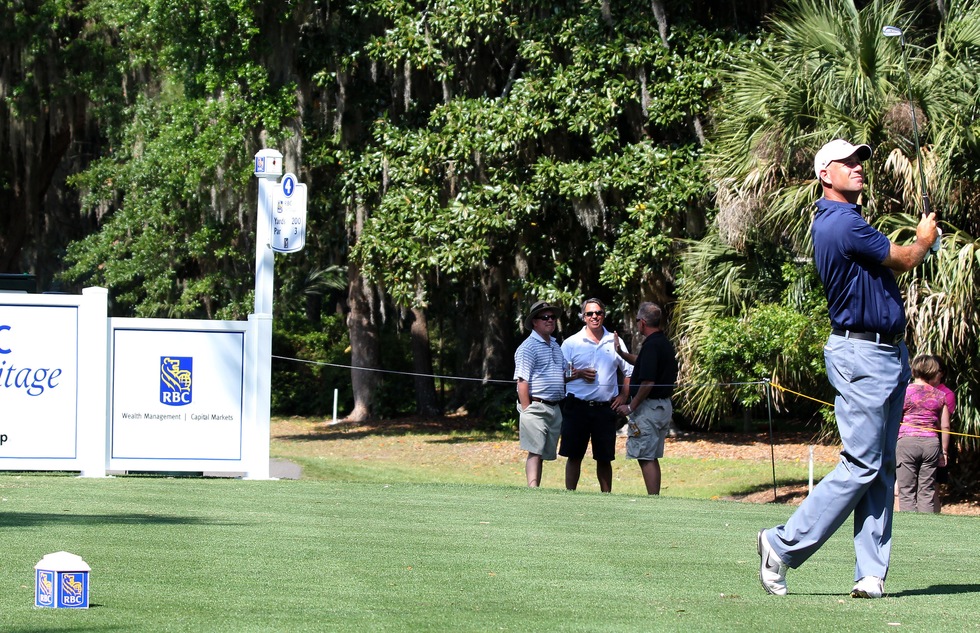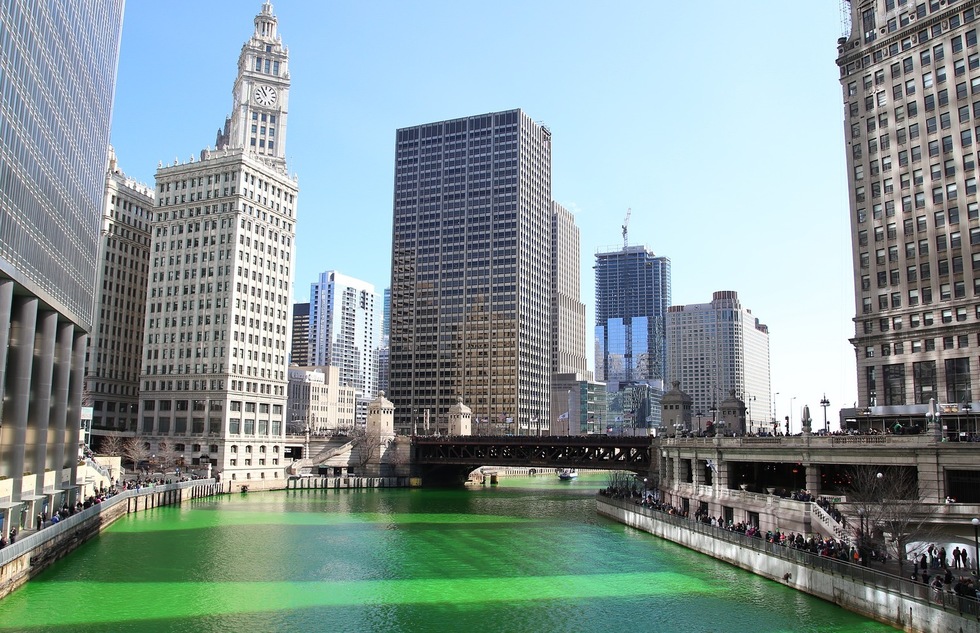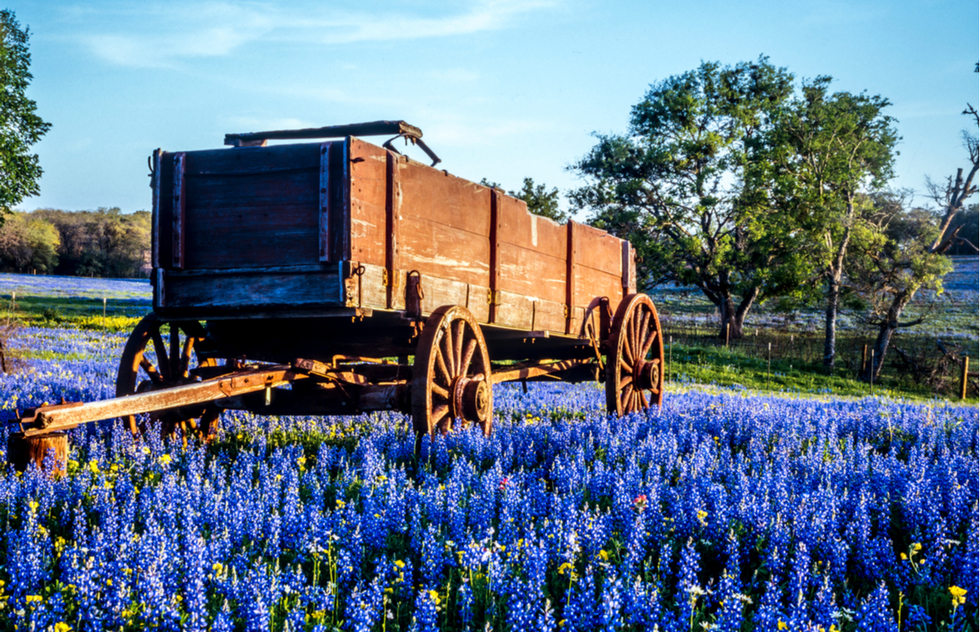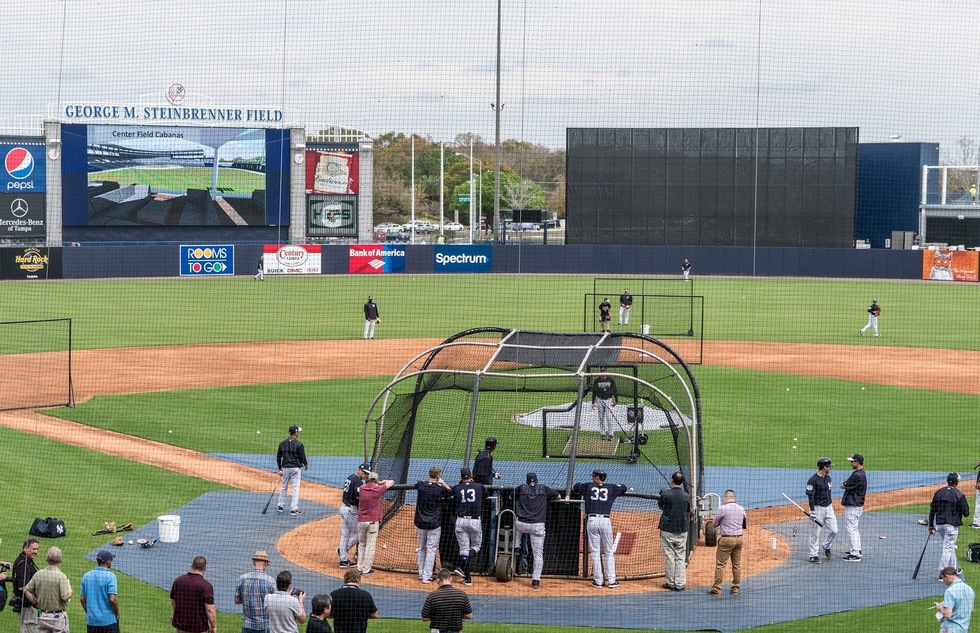Best Places in the U.S. for a Spring Vacation
By Zac ThompsonUPDATED JANUARY 24, 2020
When flowers are blooming, allergies are raging, and stores are selling the world’s finest seasonal candy—Reese’s chocolate-and-peanut-butter eggs—it can only mean one thing: Spring is in the air. And there’s no better way to reward yourself for making it through winter than by taking a trip. But where to go? The words “spring break” typically conjure images of rowdy undergrads turning the nation’s beach towns into Jäger-shot distribution centers or, alternatively, families with children crowding into theme parks for 2-minute rides with 4-hour lines.
We left those types of vacations off this roundup of the best places in the United States to visit in March, April, and May. Instead, we focused on places with can’t-miss natural or cultural events, good weather, and good bargains during this season of rebirth and renewal. Here are the best spots in America to spring forward.
For more seasonal travel ideas, check out our lists of the best U.S. destinations in summer and winter.
Forget California’s coastal areas—spring is the perfect time to head into the desert. In Palm Springs, sunny days and average temps in the mid-80s make the area even more appealing than usual: Picture golf courses, sparkling pools at posh hotels, and rocky hiking trails amid mountain vistas and palm-filled oases. Not to mention the year-round lures of luxurious spas, shops along Palm Canyon Drive, and some of the country’s best mid-century modern architecture.
In the surrounding Coachella Valley, a slew of annual events aimed at music lovers, young travelers, and LGBTQ folks fills the calendar this time of year. The most well-known is the Coachella Valley Music and Arts Festival (mid-April), a chance for the hippest of the hip to catch performances by the hottest acts in the recording industry. There’s also Stagecoach (late April), Coachella’s country cousin; the hedonistic White Party Palm Springs (late April) for gay revelers; and the Palm Springs Hot Rodeo (mid-May) for LGBTQ cowpokes. Opportunities for exploring rugged desert landscapes can be found at Joshua Tree National Park to the east and, further south, Anza-Borrego Desert State Park (pictured above), where spring brings the surreal phenomenon of wildflowers blooming in the arid climate.
Like much of what’s cool about America, Washington, D.C.’s cherry blossoms originated somewhere else. In 1912, the mayor of Tokyo gave the U.S. capital city 3,000 cherry trees as a gift of friendship. And for a brief spell each spring ever since, the trees’ pink and white flowers give a delicate and dreamy cast to walks and paddleboat rides at the Tidal Basin in the shadow of the Washington Monument, Jefferson Memorial (pictured above), and other landmarks. Historically, April 4 is the peak bloom date, but the blossoms can reach their full glory as early as the middle of March. The annual National Cherry Blossom Festival features bloom watches, tours, and cruises, as well as a parade, music performances, garden walks, and kite-flying demonstrations. One thing to keep in mind: This is a busy time of year in D.C.; in addition to all the flower peepers, Congress is in session. Consequently, hotel prices tend to be high and the crowds thick at popular attractions like the National Air and Space Museum and the blockbuster National Museum of African American History and Culture. Still, spring is the city’s most exciting season and that more than makes it worth the trouble.
Great Smoky Mountains National Park in western North Carolina and eastern Tennessee is the nation’s most visited national park, drawing more than 10 million tourists each year. The vast majority of them come in summer, so if you’re looking to beat the crowds—and the region’s hot and humid summer weather—dropping by between late March and early June is a smart move. On hikes and scenic drives through forests, over mountains, and past log cabins, streams, and waterfalls (Abrams Falls is pictured above), springtime visitors are treated to colorful wildflower displays and, later in the season, glimpses of black bears fresh from hibernation. Wallet-friendly lodgings can be found on the Tennessee side in the down-home mountain towns of Gatlinburg and Pigeon Forge, home of Dolly Parton’s Dollywood theme park, which usually opens at least one new attraction this time of year.
Founded by immigrants from the Netherlands, this western Michigan town goes all out each May in celebration of the quintessential Dutch flower, the tulip. Millions of the colorful blooms blanket the city’s charming downtown area and the kaleidoscopic Veldheer Tulip Gardens during the annual Tulip Time Festival, which also pays tribute to Dutch heritage with traditional dancing, parades, crafts, food, concerts, and more. Just about all that remains on the Dutch checklist are windmills and wooden shoes—and you can easily find those in town, too. A 250-year-old windmill (pictured above) towers over Windmill Island Gardens, a park that has a carousel and costumed reenactors as well. Nelis’ Dutch Village re-creates 19th-century life in the Low Countries with canals, replicas of historic architecture, cheese-making demonstrations, and, ja, carvers making wooden shoes.
The Oregon Coast has some of the country’s most dramatic scenery no matter the season. Huge rock formations battered by waves, tide pools brimming with starfish and sea urchins, lonely lighthouses, and dense forests all reward close-up scrutiny as well as panoramic sweeps. In spring, there’s the added spectacle of migrating gray whales making their way north to the Arctic from Baja California. From late March to June, around 20,000 of the enormous creatures pass through Depoe Bay, which is easily accessible from scenic U.S. Highway 101 running the length of the coast. There are plenty of whale-watching excursions that will take you out on the water, but because the whales come so close to the shoreline, you don’t have to leave dry land to spot them. Rugged outcroppings at Devils Punch Bowl and Tillamook Head are good places to start.
Thanks to mild temperatures and a kind of soft, silvery light, spring just might be the best time to go outside in New York City (though autumn puts up some stiff competition). That makes a stroll through Central Park—or a guided walk such as the Central Park Conservancy’s Iconic Views Tour of the 843-acre stunner’s highlights—pretty much mandatory. Further plant-based festivities this time of year include the Brooklyn Botanic Garden’s Sakura Matsuri, a cherry blossom festival and celebration of Japanese culture (late April); the New York Botanical Garden’s Orchid Show (March-April); and the elaborate Macy’s Flower Show (late March-early April) highlighting floral displays centered on a theme (fairy tales, the circus) that changes each year. This being New York, there’s always more to do, from food and art festivals to theater shows reaching their pre-Tony Awards peak, as well as the usual plethora of world-famous tourist attractions to check off your list.
This palm-dotted, Spanish-moss-draped barrier island located less than an hour’s drive north of Savannah, Georgia, offers a nice balance of sophisticated resorts and rugged outdoor adventure. It’s on the other end of the South Carolina coast from spring-break hotspot Myrtle Beach in the north—and that’s not the only way the two locales differ, with Hilton Head being the far less crowded and kid-filled option. Golfers have two dozen courses to choose from; many were designed by big names in the game (Jack Nicklaus, Robert Trent Jones), and one course, Harbour Town Golf Links at the Sea Pines Resort, hosts a PGA tournament each April. Twelve miles of beaches, hundreds of tennis courts, marshes prime for kayaking, and restaurants serving shrimp- and crab-centric Lowcountry cuisine should keep you happily occupied as well. By summer it'll be muggy, but the spring weather is fine indeed.
Native Chicagoans might be surprised to find their city on this list—or to discover that such a thing as “spring” exists. As Chicago drags itself out of a long and sometimes brutal winter toward a hot but joyfully liberating summer, the months of March, April, and May can be unpredictable at best and frustrating at worst: wet and chilly one minute, nice enough to dine outdoors the next. But an impressive array of festivals and cultural offerings make a visit worth the meteorological confusion. Chicago’s rambunctious St. Patrick’s Day celebration, for example, begins well before March 17, with the South Side Irish Parade the week before the holiday. Then on the weekend before the big day, the Chicago River downtown is dyed an atomic shade of green and a mass of bagpipers, Irish dancers, politicians, and heritage organizations parade through Grant Park before a green-clad multitude of Irish and Irish-for-a-day revelers.
Things continue to heat up (in every way) after that, with the year’s first street festivals and neighborhood events like Little Village’s Cinco de Mayo Parade as well as improved conditions for guided architecture cruises on the river. And if you show up during a cold snap, you can always enjoy the indoor treasures at the Art Institute, catch a show at Steppenwolf Theatre Company, or stuff your face at any number of top-notch restaurants.
A true epicenter of wildflower appreciation is Texas Hill Country, the lush, rolling landscape north of San Antonio. The region’s famous bluebonnets blanket the hills in March and April, but fields sport a dazzling coat of many other colors as well—orange, violet, yellow, red, you name it. For the best views, take a drive along winding country roads or hit Highway 290, which strings together several wildflower fields as well as numerous wineries in the country’s second-largest wine-growing region by acreage. After a day of tastings and photo-snapping, head to the German-inflected town of Fredericksburg for some schnitzel and strudel.
No fewer than nine Major League Baseball teams make their way to Florida’s Gulf Coast between Fort Myers and Tampa each February and March for spring training. And whether you’re a fan of the national pastime or think it amounts to watching millionaires stand around and spit for an afternoon, there’s no reason to turn down a chance to visit one or, heck, all of the sunny coastal communities in the so-called Grapefruit League. Sarasota, where the Baltimore Orioles train, has high culture (opera, orchestra, ballet) and, on nearby Siesta Key, one of the nation’s most gorgeous beaches. The Philadelphia Phillies’ springtime home base of Clearwater has its own pretty stretches of sand, as well as a renowned aquarium—and it’s only a 40-minute drive from the boutiques, bars, and restaurants of St. Petersburg’s Central Avenue. The prospects of glimpsing alligators and manatees near Fort Myers (Boston Red Sox and Minnesota Twins) and seeking thrills at the Busch Gardens theme park and Adventure Island water park in Tampa (New York Yankees) might make you want to go extra innings in those areas, too.
Pictured: George M. Steinbrenner Field in Tampa





